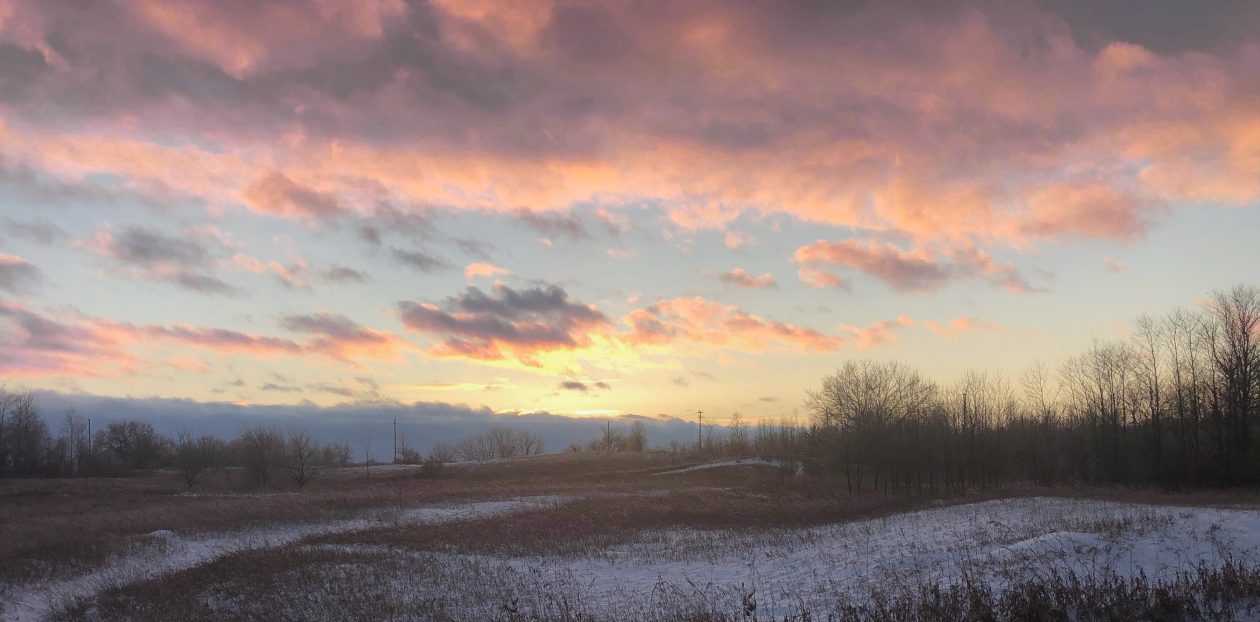This is a recent view in the late afternoon of the sunken gardens at the Central Experimental Farm’s Ornamental Gardens in Ottawa. If my recollection is correct, it was originally planted as a showcase for miniature conifers, but over time, these plants have grown into giants.
Dwarf mugo pines, hemlocks, all manner of spruce and juniper; they’re all here but now tower above you. In my childhood, my older sister and I would often visit with my Mom & Dad. We would first go and see the pigs in their paddocks next to the old barns, and try to feed them fistfuls of grass — here I am (dressed up in my matching red jacket, hat and tights) with my sister, who’s doing the feeding. I’m busy trying to get a better view or get in …
Then we’d race over to this two-part garden and skip along the path to our primary destination: the small waterfall:
It’s not flowing here (and seemed as I got older to always have technical difficulties – isn’t that the truth!) but acts as a receptacle for overflowing pots of water iris.
This garden seemed magical to me as a child. But as an adult, it is no less magical. The delicious feeling of being small and hidden, and being beckoned along a path with fits and starts, so that you can’t see where you’ll end up. Being coaxed with tentative steps on stones that are uneven and unpredictable, so that every footfall requires looking down, and then looking from side to side for the planted treasures. This is the way I first saw a colony of Anemone robustissima (the vigorous Grapeleaf anemone) bending to the sun and nodding in the late summer heat as well as a dwarf form of hardy bamboo (I wish I could remember what it was called…), not to mention tiny specimens of hosta and diminuitive creeping bugleweed.
And this majestic Scots Pine, with its arm reaching down and into the foreground, was perfect for small children to perch on and have their picture taken. I’ll have to look for that photo…and see how this maternal tree has grown over the past 40 or so years. Oh look — here we are! I’m the camera-shy one…
And then we’d trot off to see the fish at the formal pond, where bronze frogs sat at each end and spit an arc of water over the lilypads.
Why did it seem so much bigger then?





















































